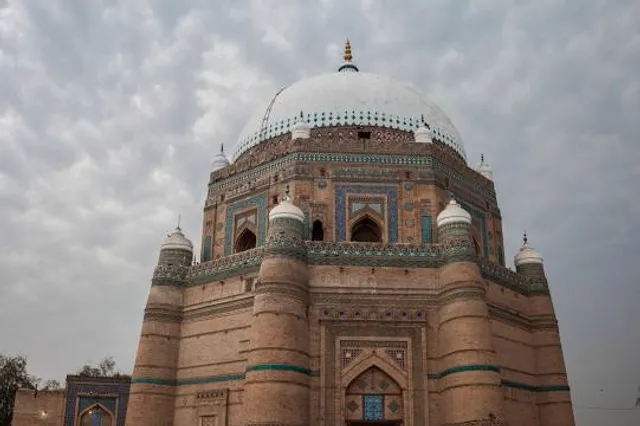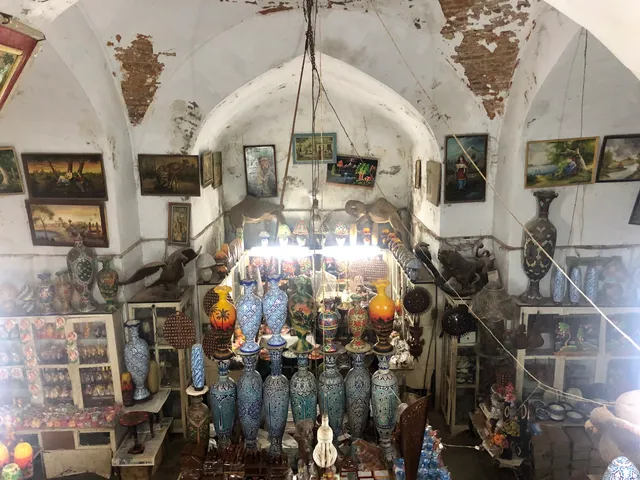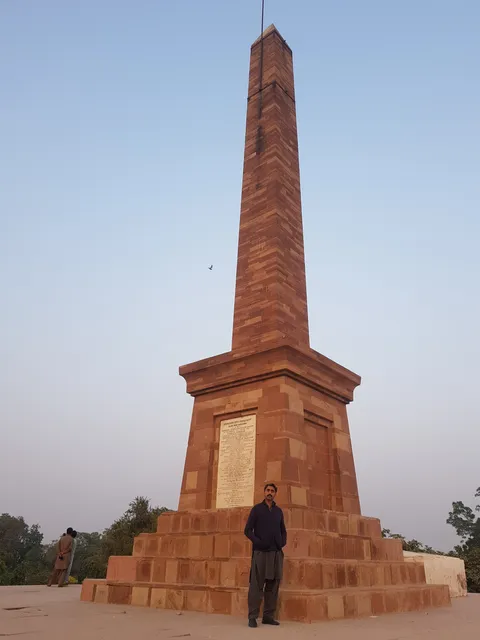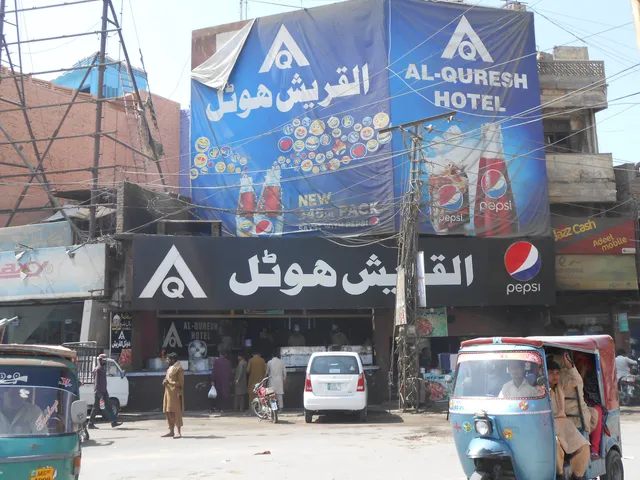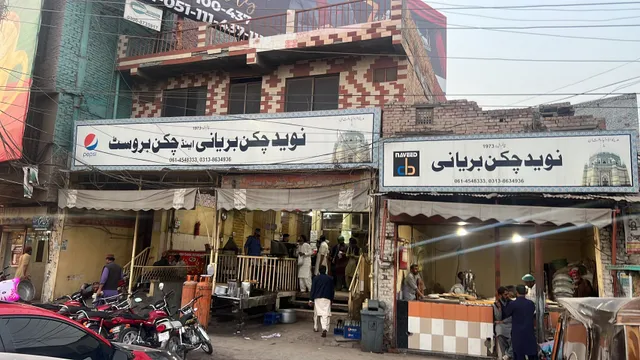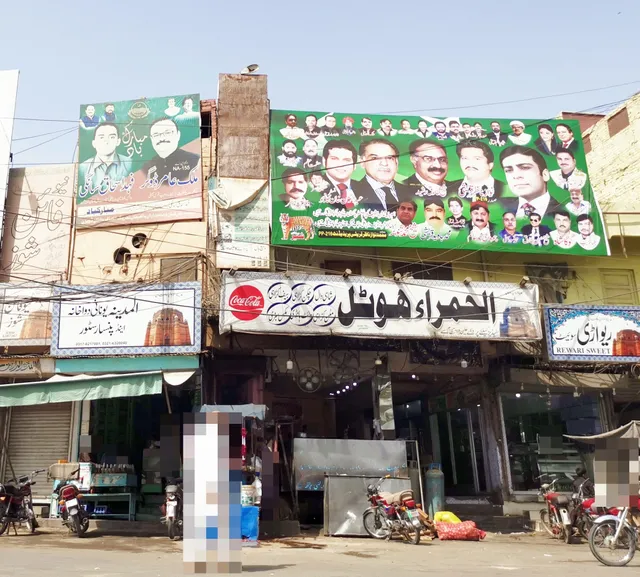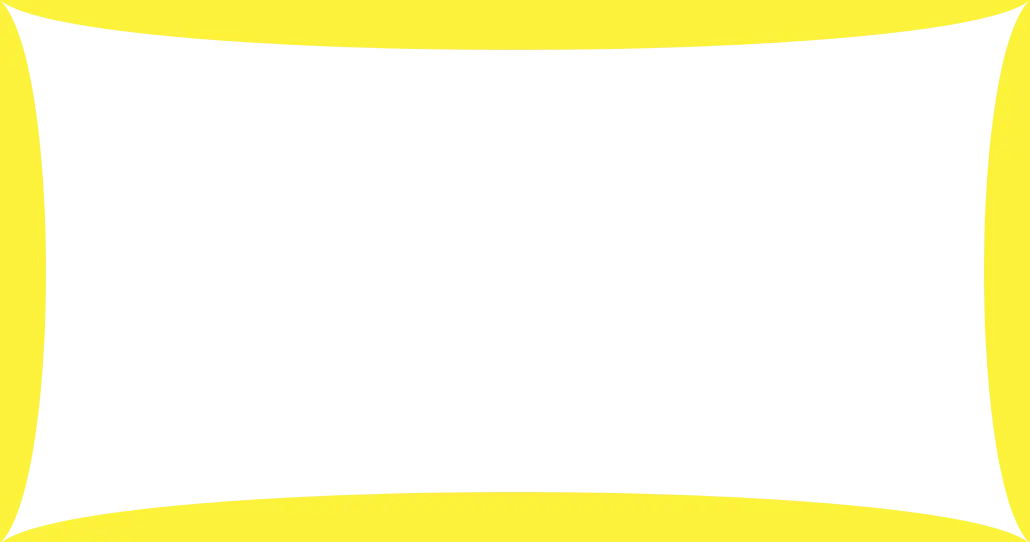Multan Fort, also known as Fort Kohna Qasim Garden, stands on a mound that separates it from the city and has a long and varied history. In 1848-1849, the British destroyed most of the Fort during their attack to avenge the death of Lieutenant Alexander van Agnew, who was killed on the instruction of the governor of Sindh. The Fort was originally built by Katoch Dynasty about 2600s years ago, and it has been rebuilt and altered many times since then. The Fort has been around for over a thousand years and has seen its share of battles, sieges, and other significant events.
Secrets of thousands of years old civilizations are buried under the Fort, ‘Qila Kohna.’ Metal coins, clay toys, bone bangles, bricks, and colorful vessels are exported from this Fort during the excavation. If you’re nearby in Multan, it’s worth a look!
Fort Attractions, Timings & Location
Multan Fort is a popular tourist attraction in Multan, Pakistan. It is located in the city center, between the Multan Cricket Club and Hazrat Shah Rukn-e-Alam’s Mazar. The Fort is also known as Kohna Fort or Qila Kohna. Moving onwards in the article, we will know entrance timings and the many attractions this Fort offers.
History of Fort
Multan Fort is an iconic monument in Multan, Pakistan, and one of the oldest forts. It was built to protect the city on the banks of the Chenab and Ravi rivers. The Fort has a long and rich history, dating back to 800 and 1000 B.C. It was destroyed and rebuilt many times, but the last time rebuilt it about 1100 years ago. There were huge caves in fort Kohna in that era. The semi-circular Fort with 7000 feet long walls have been used as a military garrison, prison, and palace over the years, and it’s now open to the public as a tourist attraction.
The Fort has lost its many parts and is now a park, with a museum with galleries displaying paintings, sculptures, antiques, and shrines. And eventually, this historical Fort is destroyed by the British to take an act of revenge. Multan is the same city where the quest of Alexander the Great to rule over the world ended. After fighting the ” battle of Hydaspes” (today called Jhelum River), fiercely n 326 BC, he decided to return to Greece.
The epithet of Multan is “the city of saints.” The reason for terming it the city of Saints is attributed to the fact that many sacred and holy personalities have their shrines in Multan. The oldest name of the town, “Mulasthan,” is a word in the Sanskrit language. As this city is way too ancient, no one is sure about its actual age, which remains a matter of debate. Multan is located on a route that is always considered the safest between south and central Asia. Due to this aspect, this city became a home for many holy men, conquerors, and refugees.
You must wonder why “Fort Kohna Qasim Garden” is the name given to this Fort. Muhammad Bin Qasim, an Umayyad General, took over Sindh in 712 AD. After that, he proceeded to conquer Multan. After he conquered Multan, he established Muslim Rule in the city. Multan was once regarded as a sovereign Muslim state.
Multan has been a special place for Mughal emperors. Multan was one of Emperor Akbar’s twelve most critical imperial provinces. During the Mughal era, Multan was known as the “Abode of Peace.”
The Architecture of Fort
The Fort has a long and winding history, with many dynasties making their mark on it. Katoch Dynasty originally built the Fort to protect the city from attacks, with its 40 to 70 feet high walls providing a defense installation and for its architecture. The battering from Maharaja Ranjit Singh’s guns in 1818 severely damaged the Fort. Before its destruction, Fort Kohna has four gates, including two towers on each gate and 46 ramparts. It was surrounded by thirty towers and housed a mosque, a Hindu temple, and the Khan’s palace. A massive trench around the Fort was also present for its defense that remained filled with water from the river...
Read more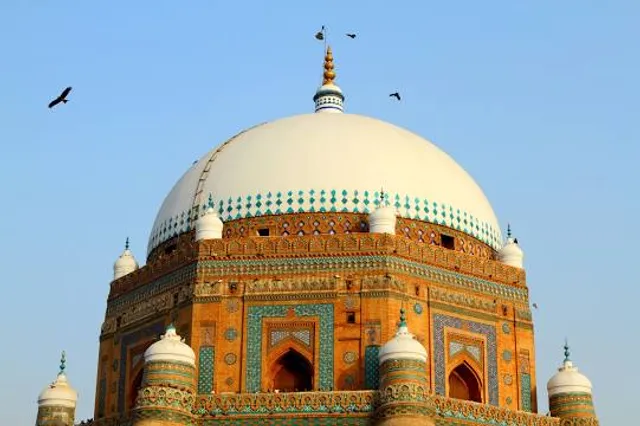
 Learn more insights from Wanderboat AI.
Learn more insights from Wanderboat AI.



